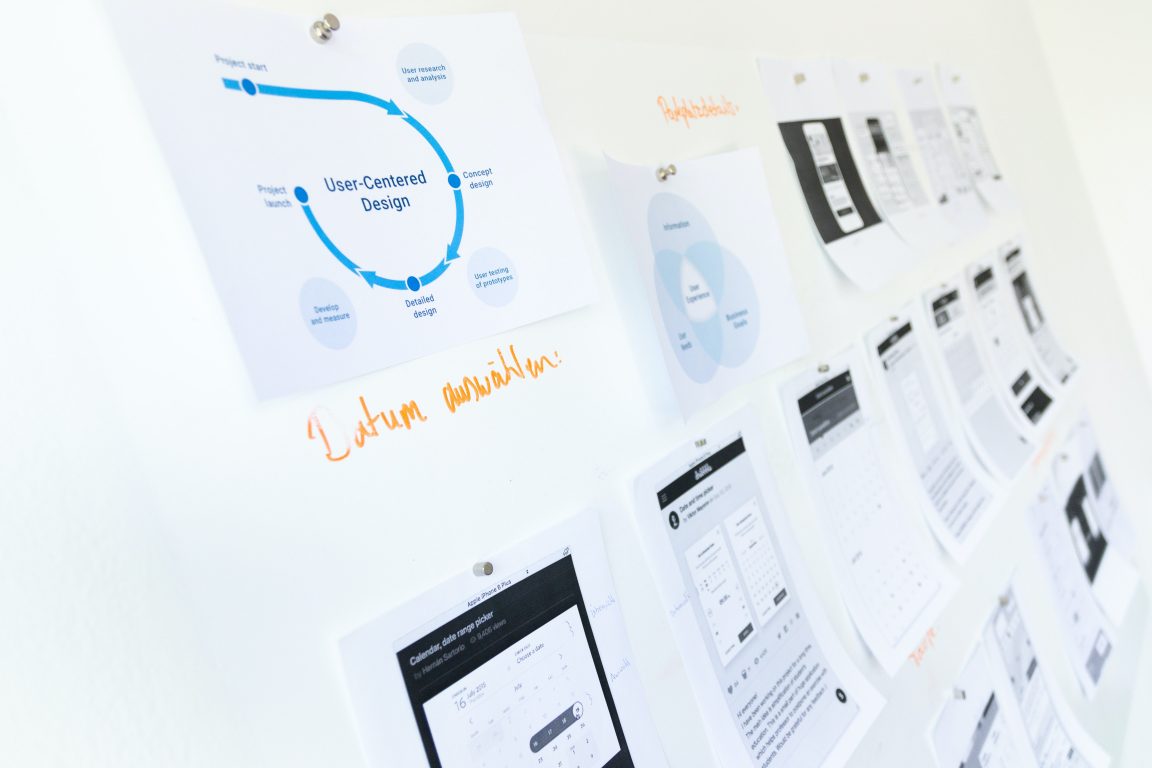In today’s digital landscape, data has become a powerful tool for product designers. By leveraging user insights and analytics, designers can make informed decisions that lead to improved user experiences. In this article, we will explore the significance of data-driven design decisions and discuss how product designers can effectively incorporate user research and analytics into their design process.

- Understanding User Insights: Data provides valuable insights into what users want and need. By talking to users and observing their behavior, designers gain a deeper understanding of their preferences and challenges. This knowledge helps them create designs that truly meet user expectations.
- Making Sense of Analytics: Analytics tools help designers gather and analyze data about how users interact with their products. They can see which features are most popular, where users struggle, and how they move through the product. This information helps designers identify areas for improvement and make data-backed decisions.
- Using Data to Improve Designs: Armed with user insights and analytics, designers can make changes to their designs based on real evidence. They can refine layouts, adjust colors, and fine-tune interactions to create a better user experience. Data helps designers validate their ideas and iterate on designs to meet user needs more effectively.
- Balancing Data and Intuition: While data is important, it’s crucial to remember that design is also an art. Designers bring their creativity and intuition to the table, combining it with data to make informed decisions. Data is a tool to support their design choices, not replace their expertise and vision.
- The Impact of Data-Driven Design: By leveraging data in the design process, designers can create products that users love. They can solve user problems more effectively, increase user satisfaction, and drive business success. Data-driven design helps designers build products that meet user expectations and deliver a positive user experience.
And so, our adventure into the realm of data-driven design comes to a close, but the magic it has unveiled continues to shimmer in the world of creativity. By harnessing the power of data, designers embark on a thrilling journey where insights become their compass and creativity their wand.
As we bid farewell to our enchanted tale, let us remember that data-driven design is not just a scientific approach; it’s a delightful dance between analysis and imagination. It’s a world where user insights and analytics mingle with the spark of creativity, giving rise to experiences that captivate, engage, and bring a smile to the faces of users.
Remember, design is an ever-evolving adventure, and data is the secret ingredient that adds that extra sparkle to your designs. So, go forth, fellow designers, and let your designs enchant the world, one data-driven decision at a time! Hope you like this. Please clap to motivate me for more such findings!





























